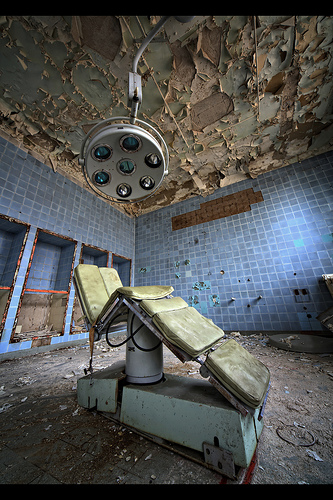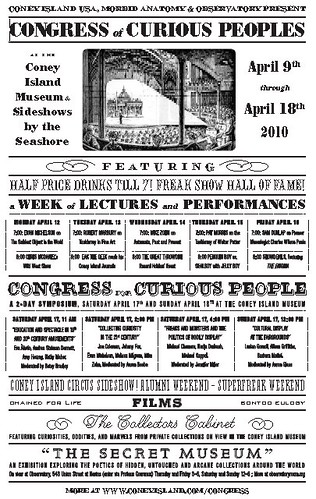I just got a mail saying that the Canada Science and Technology Museum is organising a summer institute in material culture research on the theme ‘Reading Artefacts’, in Ottawa, 16-20 August.
Anyone interested in material research and museum artefacts — grad students, postdocs, faculty “teaching history through artifacts” and historians who are “looking to expand their research methods” — are welcome to attend. Because of the venue, there will probably be a lot of focus on sci, tech and med museum artefacts.
Great initative.  My only hesitation is the title — Reading Artefacts. What do the organisers actually mean by reading an artefact?
My only hesitation is the title — Reading Artefacts. What do the organisers actually mean by reading an artefact?
In my understanding of reading, there is a text to be read. But an artefact is not a text (unless there is a label glued on to it), so there is nothing to read.
The only way I can make sense of the title is that they use the verb ‘read’ metaphorically. That is, they probably don’t believe that an artefact is a literal text which is read like the text you are reading now. What they probably mean is that curators and historians engage with artefacts in a way that is analogous to the way readers read texts, and they use the verb ‘read’ as a short-hand for this analogy.
But how useful is it to think about our engagement with artefacts in analogy with reading texts? Granted, it may be useful as a rhetorical device, or for science journalism purposes. But I’m afraid the analogy is counterproductive from a scholarly point of view, because it draws one’s attention away from the epistemologically thorny issues at stake:
How do we actually engage with material artefacts? How do we make sense of them? How do they actually influence us? Is there any kind of seimotic interaction going on between humans and dead material things, or is it ‘merely’ physical interaction?
In other words, ‘reading artefacts’ is not one of those metaphors that curators ‘live by’. On the contrary, I suggest it’s one of those metaphors that kills the curatorial imagination.
That said, however, the course looks very useful; it will give the participants an opportunity to:
- investigate artifacts, trade literature and photographic collections as resources for research, teaching, and the public presentation of history
- work with leading collection scholars in a national museum setting to explore material culture methodologies and approaches
- use artifacts as the centre of discussion and hands-on activities
- immerse themselves in a material culture perspective of the technological past
- learn the basics of conservation, cataloguing and developing collections in local environments – a growing and essential resource for history studies.
Tuition fee is 250 Can. $ for students, 350 for postdocs and 450 for faculty and professionals (but it includes breaks, lunches, and a field trip; and students can get some financial support). Register here before 16 June, but do it long before then, because they can only accomodate 30 participants. Further info from Anna Adamek, aadamek@technomuses.ca. One can also join the Google Group here.


 This great image epitomizes the notion of the aesthetics of decay.
This great image epitomizes the notion of the aesthetics of decay. My only hesitation is the title — Reading Artefacts. What do the organisers actually mean by reading an artefact?
My only hesitation is the title — Reading Artefacts. What do the organisers actually mean by reading an artefact? Our conservator, Nanna Gerdes is packing artefacts borrowed from the Danish Society for Computer History.
Our conservator, Nanna Gerdes is packing artefacts borrowed from the Danish Society for Computer History.

